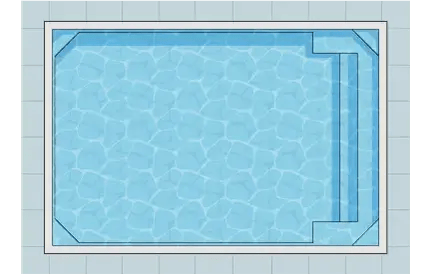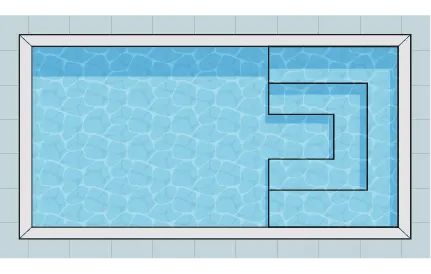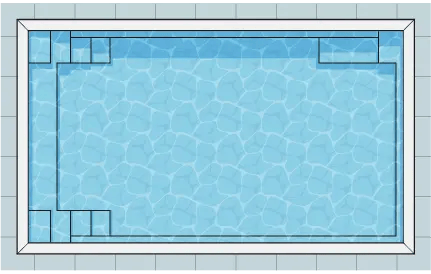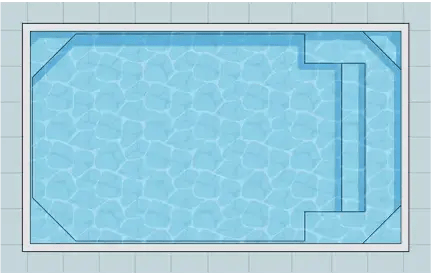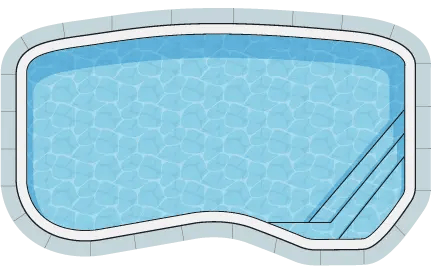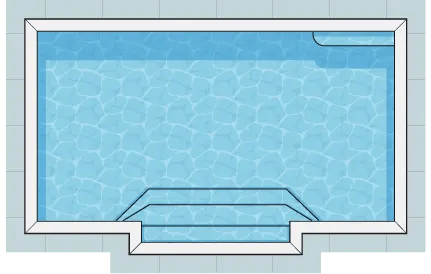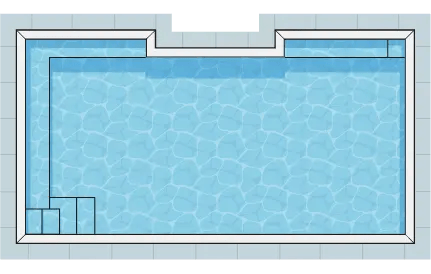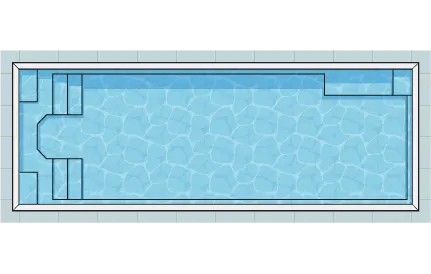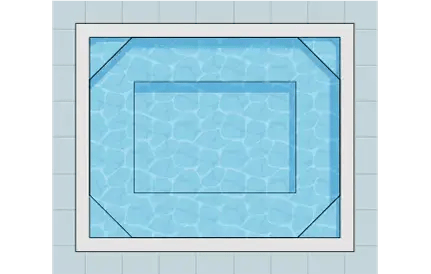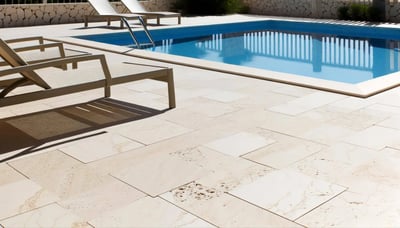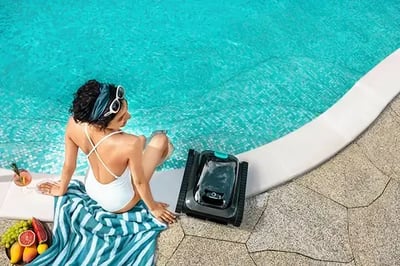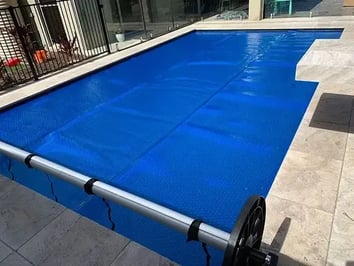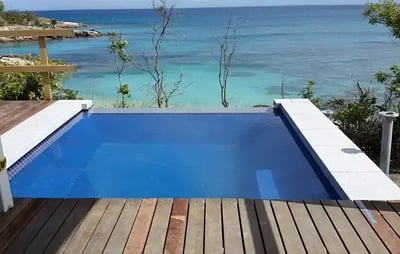The pump is the heart of your pool so it's crucial that you get the right one. Its primary function is to circulate the water through the filter system bringing that crystal-clear water back into your pool for a refreshing dip.
But here's the thing: your pool pump choice is a big deal, no matter where you are or what type of pool you have – whether it's a fibreglass pool or a concrete one. It's not just about keeping your swimming pool in tip-top shape; it's also about being eco-friendly and easy on your wallet.
The big question is: should you go for a variable-speed pump or stick with a single-speed pump? In this article, we'll break down the differences between the two so you can choose the one that suits you best.
What is a Single Speed Pump?
A single-speed pump operates at a fixed speed, which is typically the highest setting. It runs at one constant speed, pushing the water through the filtration system.
What is a Variable Speed Pump?
A variable speed pump offers greater flexibility as it allows you to adjust the pump's speed to different levels. This means you can set it to run at various speeds based on your pool's requirements.
The Benefits of a Single-Speed Pump
The single-speed pump is a tried and true option that has been a staple in pools for a long time. One of its primary advantages is simplicity. You flip the switch, and off it goes at a constant speed, pumping water through your filtration system. It's straightforward, reliable, and easy to operate.
Another benefit of a single-speed pump is its affordability. Compared to other pump options, the upfront cost of a single-speed pump is generally lower with a range from $600 to $1000.
So, if you're on a tight budget or looking for a cost-effective solution, the single-speed pump can be a budget-friendly choice.
Additionally, single-speed pumps are known for their robust performance, designed to efficiently handle the demands of most pool sizes and filtration systems. If your pool's needs are relatively straightforward and you don't require the added flexibility of variable speeds, a single-speed pump can do the job reliably.
Oh, and let's not forget maintenance. Single-speed pumps often require minimal maintenance, which means less time tinkering with the pump and more time enjoying your pool.
However, it's important to note that single-speed pumps are less energy-efficient than their variable-speed counterparts. They operate at a fixed speed, increasing energy consumption and costs over time. If energy efficiency is your top priority, other pump options are worth considering.
The Benefits of a Variable-Speed Pump
First off, the star of the show is energy efficiency. A variable-speed pump allows you to adjust the speed of the motor, which means you can dial it down when your pool doesn't need maximum circulation. By running at lower speeds, these pumps consume less energy, which can result in significant savings on your electricity bill. It's like having a pump that knows when to take it easy and when to kick it up a notch.
But that's not all. With a variable-speed pump, you have ultimate control. You can program it to run at different speeds throughout the day, matching your pool's needs. Need a bit of extra power for cleaning or running water features? No problem, increase the speed. Want to maintain a gentle flow during quieter times? Easy. Lower the speed. It's all about finding the perfect balance and customising your pool's circulation to fit your preferences.
Speaking of balance, variable-speed pumps also contribute to better water quality. Since they can run at lower speeds for extended periods, they enhance filtration by allowing more thorough water circulation. That means cleaner, clearer water for you to enjoy.
Oh, and let's remember the environment! Variable-speed pumps are eco-friendly champions. Reducing energy consumption, they help lower your carbon footprint and contribute to a greener world. It's like giving Mother Nature a high-five every time you run your pump efficiently.
Variable-speed pumps may have a higher upfront cost starting from $1000. However, the energy savings over time can compensate for the initial investment. Plus, there may often be rebates and incentives for installing energy-efficient pumps, so it's also worth exploring those options.
Conclusion
Both single-speed and variable-speed pumps have their benefits: Single-speed pumps offer simplicity, affordability, reliable performance, and low maintenance. In comparison, variable-speed pumps provide energy efficiency, control, water quality, and environmental friendliness.
Before making your final decision, consider your pool's specific requirements and energy efficiency goals. Doing so lets you select the ideal pump to ensure optimal pool performance while minimising its environmental impact.
And hey, if you need to contact us, we're more than happy to provide you with personalised advice tailored to your unique circumstances. Get ready to make a splash and enjoy your pool pump paradise.







